You are here
Talas valley.
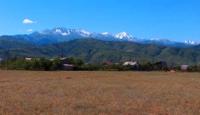
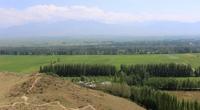
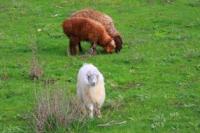

Travel on high-mountainous valleys of Kyrgyzstan.
“The creation of a thousand forests is in one acorn”
Ralph Waldo Emerson.
Tours to Talas valley in Kyrgyzstan.
In the North-West of Kyrgyzstan near the border with Kazakhstan is the Talas valley. Compared with Chu Talas valley is somewhat smaller area. However, its importance in the economy of the country are less; it is not so populated and economically developed area.
Talas valley is known as a major agricultural area. Here raise sheep, cows, horses, wheat, corn, barley, tobacco, vegetables, fruits. Industry is underdeveloped, mainly industry, processing of agricultural raw materials.
The fauna of the Talas valley rich in commercial species. It is home to marmots, dear, Teke mountain goat, argali, partridges, high in the mountains are snow cock. In floodplain forests and shrubs there are a lot of pheasants and waterfowl.
Inhabited the valley for a long time. This is indicated by many archaeological sites. Already in the IX - X centuries on the territory of the Talas valley were known as the city of Taraz, which ruins are near Dzhambul, Hamukat, Sheldji, Susy, Kul, Tekabket.
Since ancient times, there lived the Kyrgyz nomadic pastoralists, who raised sheep and horses. In the XIX century, after the area was conquered by the Kokand khanate, got the Uzbeks. Slightly of them now live in some villages of Talas.
Since the second half of the XIX century there appeared the Russians and Ukrainians, and after them the Germans and the Dungans. Settlers marked the beginning of agriculture, horticulture, dairy farming, which the Kyrgyz people almost never worked.
Each of these peoples have preserved their tradition, their farms, their customs. Kirghiz mainly engaged in animal husbandry and led a nomadic life. Russians, Ukrainians tilled the soil, sowed wheat, oats, bred cattle.
The Germans alongside agriculture bred dairy cattle. Uzbeks, Dungans were engaged in farming and trade. The majority of the population was destitute. In the upper reaches of the valley, the confluence of two small rivers - Kichikainda and Ulkenkainda forming Kaindi river. Kainda is translated into the Russian language as "birch place".
South looming ridge Kyzyl-Adyr, which means red foothills. So they are named for the reddish color. To the East of Kyzyl - Adyr increases and becomes Aktash ridge. They are separated by a small valley of Chichicapa, which means the small gate, which, meandering, flowing brook. This gorge leads to another part of the Talas valley.
Aktash ridge as empty as the Kyzyl-Adyr, but it is higher and clearer emerges above the plain. Spring and autumn are pastured sheep and goats. In the East Aktahs is separated from the Ichkeletau ridge of narrow Chonkapkoy gorge, which translates as "big gates".
It rushes Talas river, which once formed the gorge. The gorge is relatively shallow, so it seems nice. Currently Talas in this dammed place, above which will be created by the Kirov reservoir.
Aside from the main highway, closer to the Talas ridge, also located the villages. The largest of them - the village Lenin (5 thousand inhabitants), it is more than 40% of the population Germans. German colonists came here in the 80-ies of the last century.
They were the first brought here by the Dutch cows and started to breed dairy cattle. The slopes of the Talas Alatau mountains are cut by deep ravines, which drain into relatively large tributaries of Talas. Gorges, covered with a fine meadow - steppe vegetation, used as pastures.
Among them is Bestalso is the only place in the Talas ridge, where there are relatively dense spruce-fir forests. In Bestash gorge at an altitude of 3000 meters there is a whole group of lakes. They have oval shape, with a length of about 1 km and a width of 200 m.
Right Bank of the Talas compared with the left narrower. River pressed to the right side, washing away the dark rocky, almost barren of Ichkeletau ridge. In the valley of Kenkol, at the foot of Karadjilgi, stands a monument or Mazar (mausoleum), probably built in the XIV century.
Judging by the inscription on the portal, made in Arabic, Mazar was erected in honor of the deceased Kentbeck Hatun - daughter of the Emir of Abuka. In burial two graves with male and female remains. Apparently, there were buried the daughter and father. But, in the Kyrgyz legend, here the ashes of the Manas warrior.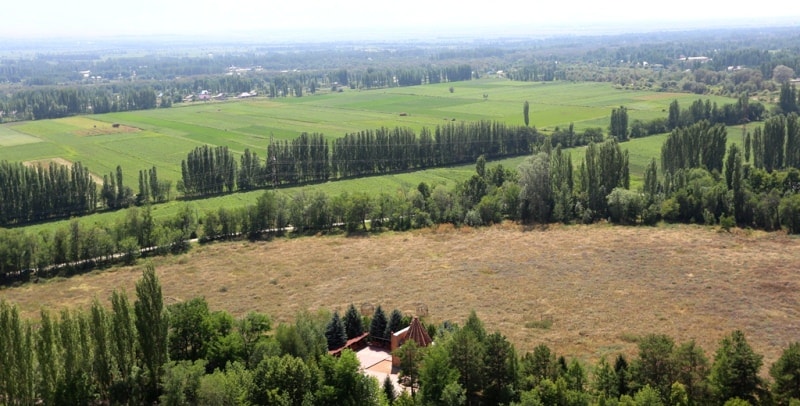
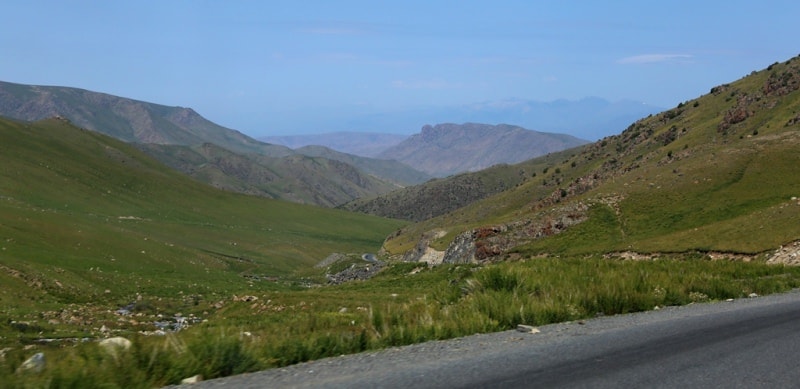
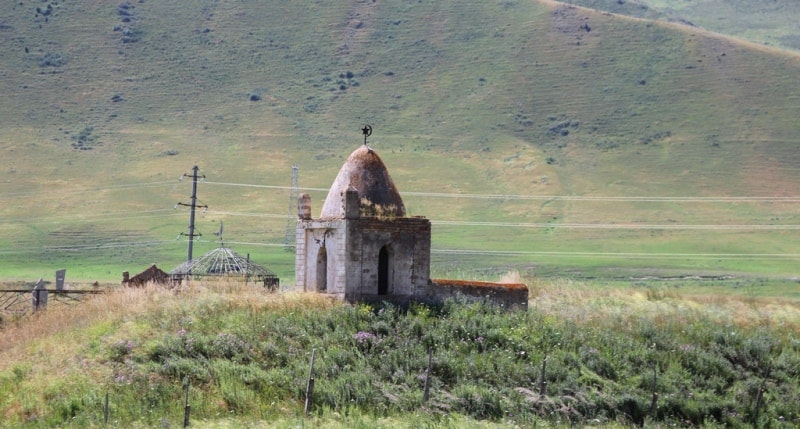
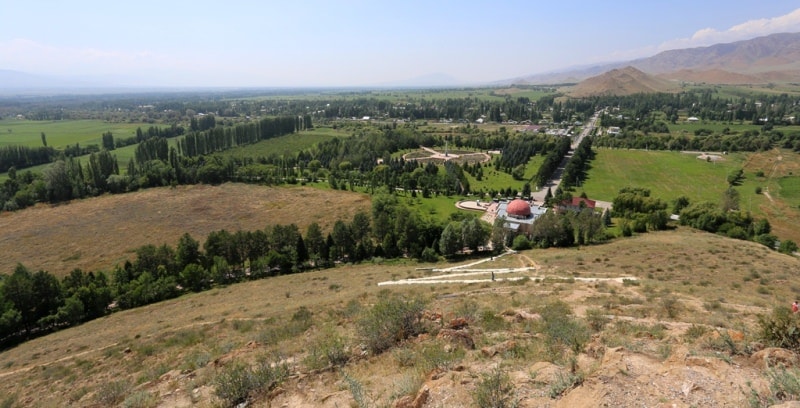
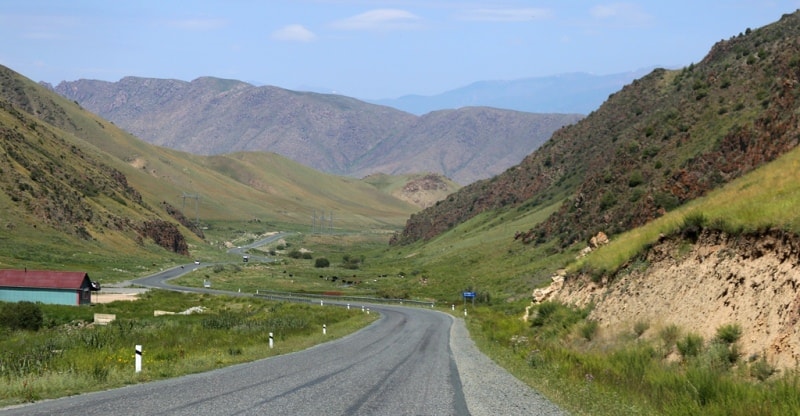
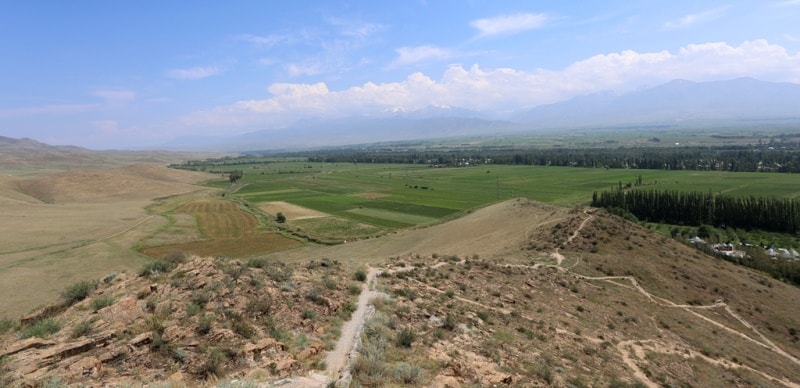
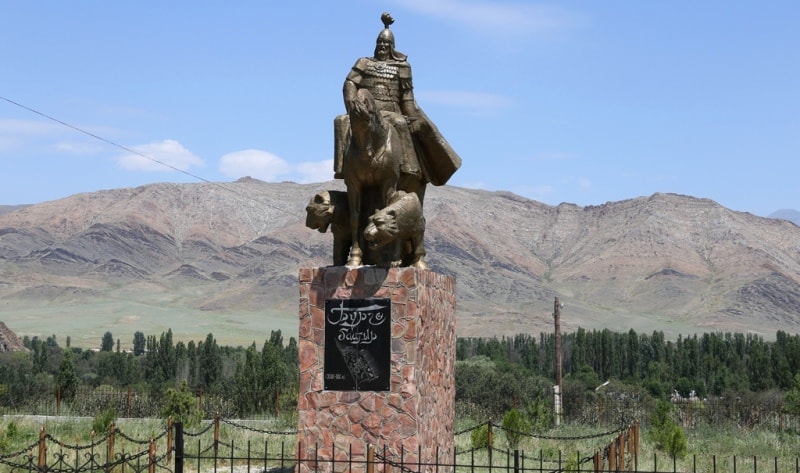
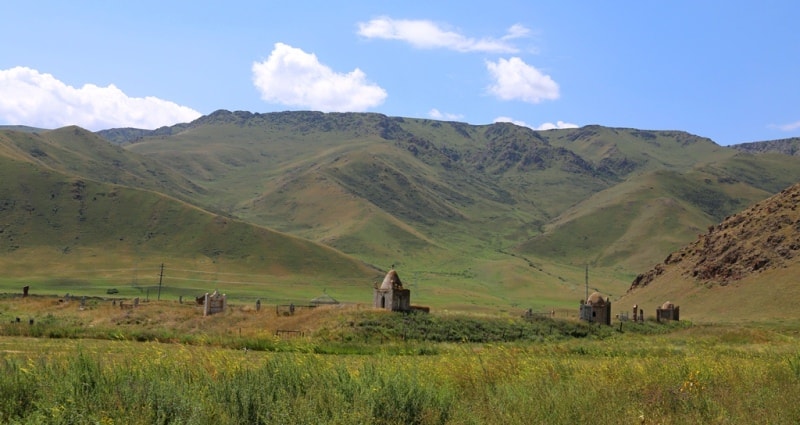
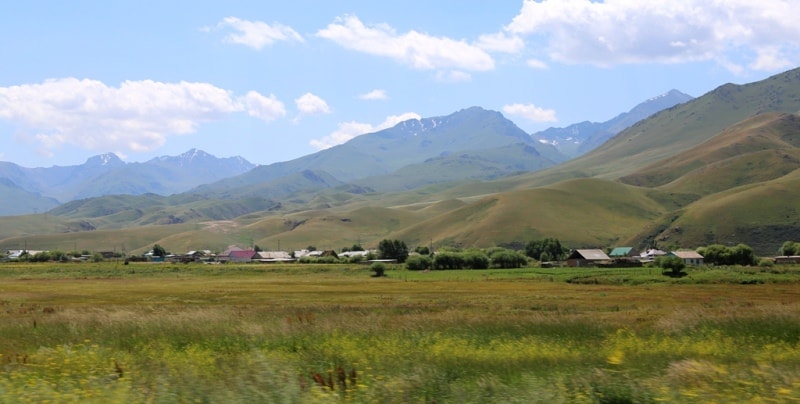
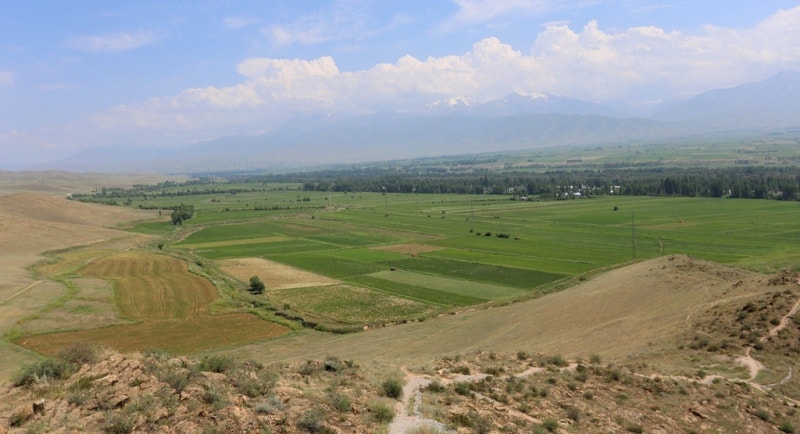

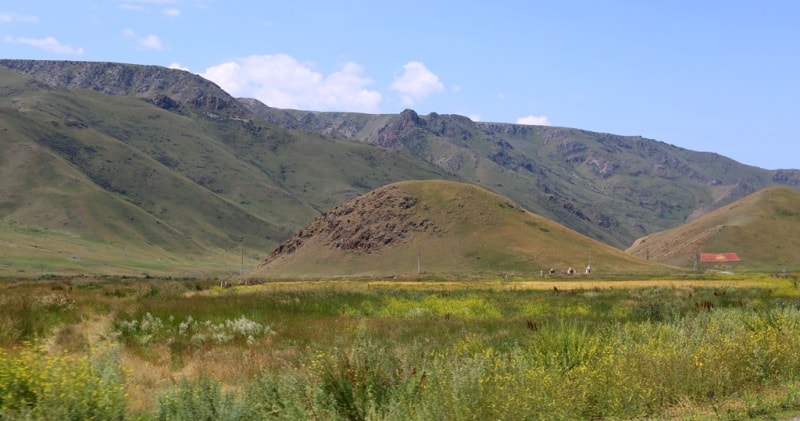
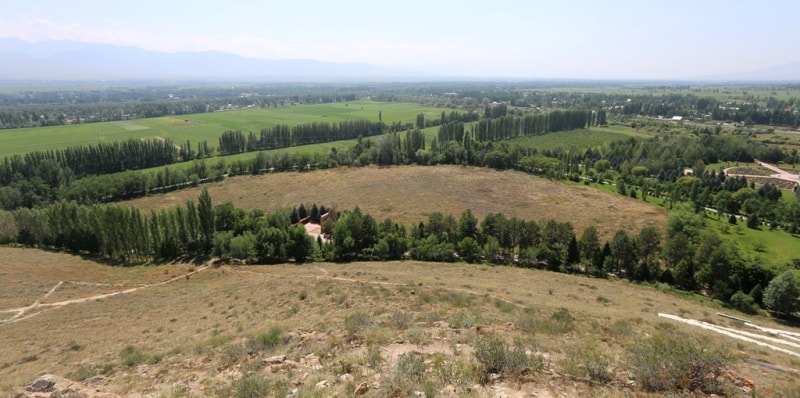
Authority:
The Book «The Soviet encyclopedia», «Soviet Union Kirghizia», publishing house " Idea ", Moscow, 1970.
Photos by
Alexander Petrov.







